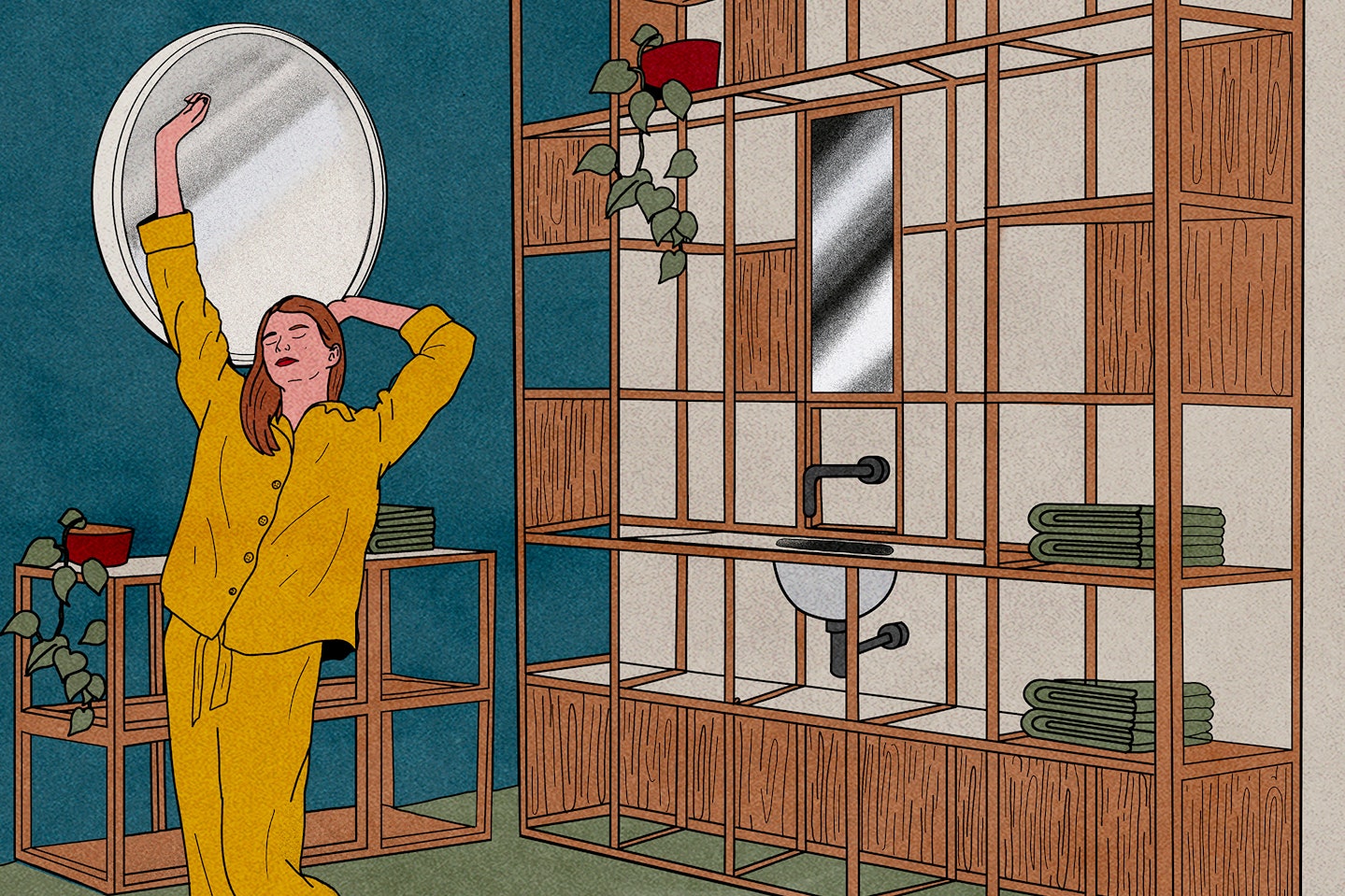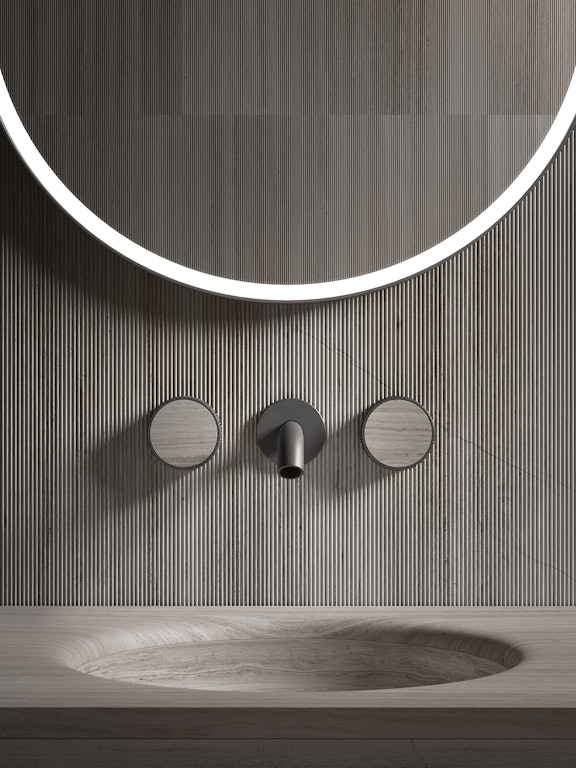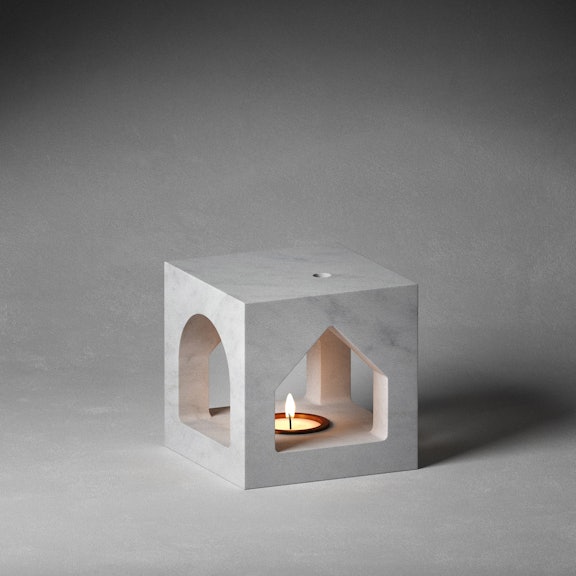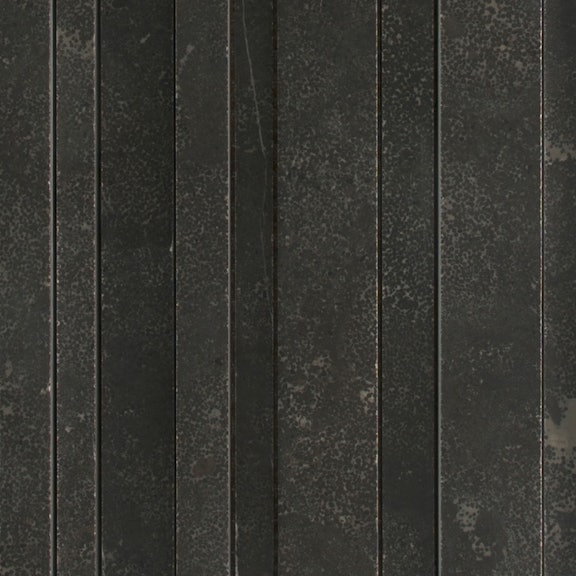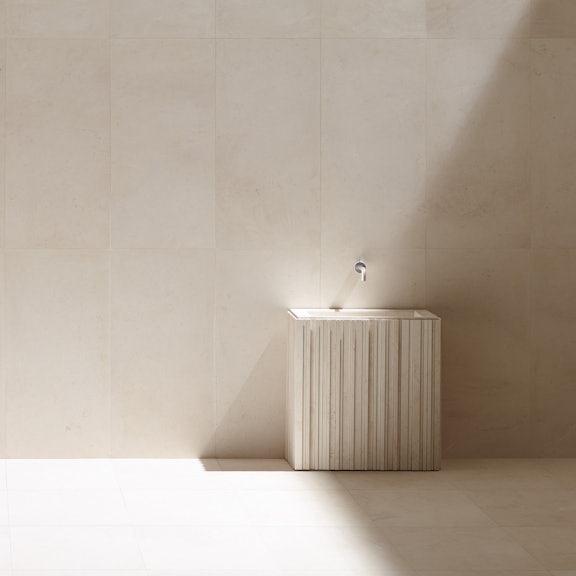Introducing Koushi, a modular furniture system by Kengo Kuma
05.2022
We asked Kengo Kuma & Associates to tell us a little more about the collection
Koushi, the modular furniture system that has no limits
We are delighted to present Koushi, a modular furniture system made up of wooden cubes. Of course, it is not your everyday modular system. Designed by Kengo Kuma, it represents an exciting and perhaps unexpected addition to the Salvatori world while striking a happy balance between high-end design and totally customisable décor.
It isn’t easy to introduce a collection that is destined to change the concept of luxury as interpreted by Salvatori, but what we could say is that it has its roots in the way the role of home evolved during the momentous events of 2020 and 2021. All around the world we experienced a previously unthinkable situation, finding ourselves suddenly confined within four walls, day after day, week after week. As a result, the way we used and thought about our homes changed, and we sought to make them more flexible and able to meet our changing needs, behaviour and even lifestyle.
Our response to this stems from a long architectural tradition based upon modularity and impermanence. We are talking about Japan, where for centuries spaces were delineated by tatami matting and sliding vertical dividers in wood and paper that could be opened and closed as required by the occasion. The theme of modularity continues to this day, and now becomes part of the Salvatori design approach, courtesy of Kengo Kuma and his Koushi collection.
One of its defining characteristics is the incredible versatility and freedom of interpretation it offers. The modules were conceived as a bathroom system for private and contract clients alike, designed to hold mirrors and basins, as well as function as drawers, shelves, cupboards and general storage.
However, freedom of interpretation also means leaving behind preconceptions about how a product should be used, and being able to see a wider potential that goes beyond your initial idea. The concept is so simple that it can lend itself to furniture for any room. In essence, it is a series of oak batons that are attached to each other via an ingenious joint to create the frame of a cube. Elements in wood, rattan and stone can then be added to develop the look and function you decide upon. These building blocks can be placed besides, on top or behind each other to adjust the width, height and depth and create furniture ranging from a coffee table to a bookcase to a room divider. With Koushi, which translates as “reticular” or “network”, there are no limits apart from your imagination.
Aesthetics and versatility aside, the collection also delivers when it comes to sustainability with a choice of eco-friendly materials, the inclusion of the oak’s veining as a design element and the environmentally-aware processes used to produce it.
The theme of this year’s FuoriSalone is “Between Time and Space” and Koushi, which will be presented as part of the week’s design celebrations, is perfectly in tune with it.
.jpg?fp-x=0.5&fp-y=0.5&auto=format&w=720&h=960&fm=jpeg&q=70&fit=crop)
Where did the inspiration for this collection come from?
This koushi concept reflects Japanese architecture’s attitude of understanding design and construction as part of a modular system. Japanese spaces are composed and built through the arrangement of a tatami as the basic module, taking many different forms. With that same way of thinking, this collection intends to provide one basic module, composed of just a few basic elements, that allow a multiplicity of arrangements and solutions. We like to think that this design tries to be rather quiet on its own, so that it is up to whoever arranges the final composition to decide what to express.
.jpg?fp-x=0.5&fp-y=0.5&auto=format&w=720&h=960&fm=jpeg&q=70&fit=crop)
How do the materials themselves influence your designs?
At KKAA, understanding the materials and how to better use them is a key part of our design. In this case, the modular system pays great attention to the role of each material in the system. Each of the materials involved is used in its best way; each part of the system is solved by the right material.
How much did the fact that customers can customise the product impact the design itself?
The fact that customers can customise the final arrangement of this system is at the very base of the concept. All decisions are taken with that in mind. It’s like creating a vocabulary through the choice of materials and grammar by how they work together as a system, so that others can use this to express their own wishes.
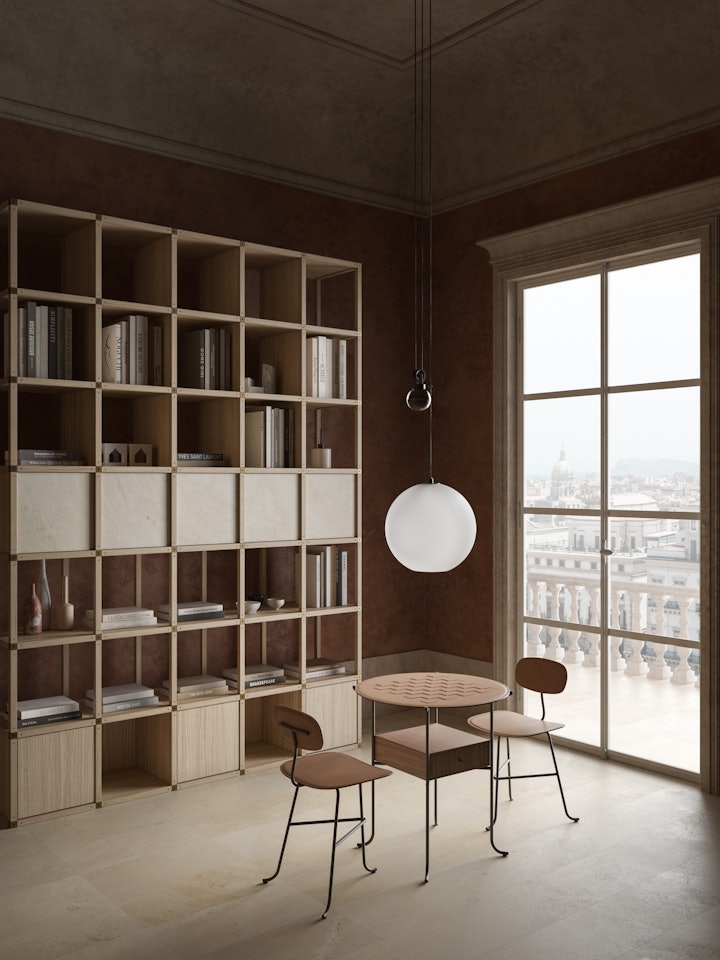
How do you see the direction of design?
This is just the start. This system is open enough that more materials and elements will be able to be added. We see the presentation of this system not as the end of our design but as the start of an evolution of future ideas.
Your architectural works are always in harmony with their environment. How do you recreate that harmony in interior décor?
We usually like to conceive our interiors as if they were exteriors. In fact, we see our interiors as artificial landscapes. This design has a bit of that wish as well. We imagine this system can be arranged in many different ways, creating joyful garden-like spaces.
